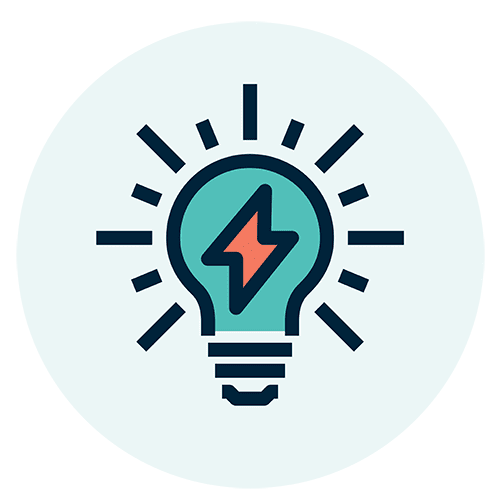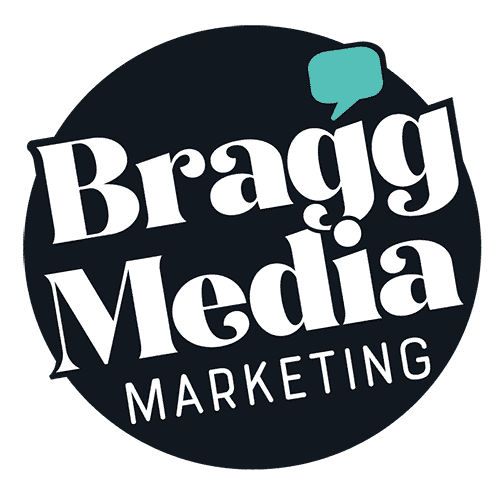Business website trends come and go. However, there is one constant that will never fade into the background: the reason why websites exist in the first place.
As the digital storefront, a website is meant to attract potential customers and turn them into brand ambassadors. Fancy page transitions, animation or specialty fonts won’t show the public why they should buy your products or services. These 10 features are critical for the success of any business website.
1. Your Why
It doesn’t matter what type of business you have. If you can’t communicate why people should do business with you, then they won’t.
Today’s customer wants to get behind brands they believe in. That’s why critical web design element No. 1 is your mission statement — a statement that clearly explains the purpose of your business. Your mission should focus on what you can do for your customers, not about making money. Your mission statement should be able to answer these questions:
- How does my business help others?
- Why did I get into this business in the first place?
- How is my business different from others in my industry?
- What is the value your customers will perceive?
Like what you’re reading?
Subscribe to Bragg Media’s
monthly newsletter.
2. The About Page
The “About” section of your website is a vital area of the website that provides key information about your business — what your business does and your company’s history. Your audience wants to know if you have experience, the education/training, certifications and insurance (if appropriate). As the heart of your website, the about section should also explain the number of people on staff, executive team and, of course, the founders. In short, the about section paints the picture of who your business is in the marketplace.
 Marketing Retainers
Marketing Retainers
Branding, creative, digital and strategy with results.
3. Empathy for Customers

 Website Design
Website Design
Affordable website design with a process that works for you.
4. The Services Page
Once your customers feel comfortable knowing that you understand where they’re coming from, they want to know what solutions you offer. The “Services” page of a website should thoroughly explain how your business can help while at the same time prompting potential customers to buy whatever it is you are selling.
The “Services” page is the ideal area of the website to layout all of the details that can’t fit on your homepage. This is the page that should be linked from the homepage. If you have multiple services, one service page that links to landing pages about specific services would make navigating your website easier. Other ideas for a service page include:
- Video embeds of service features
- Links to case studies
- Social proof, such as rotating testimonials, awards and ratings
- Call To Action (CTA) with a button that links to the contact page or another online form
5. The Portfolio
For service-based businesses who don’t have the luxury to showcase retail products, the portfolio is an important section of the website that gives your customers a glimpse of how you have helped your customers in the past. If you’re a photographer, consider categorizing your work (such as couples, families, babies) so your audience can easily flip through examples of your work. If your business provides consulting services, consider a portfolio of case studies that illustrates the solution you provided to your clients’ problems.
6. Client Testimonials
Quotes from your customers that detail how your business has helped them go a long way to building your brand’s credibility. In marketing psychology, this is called social proof. Testimonials build trust with potential clients because it lets them know a) that you’re not a fly-by-night business living anonymously in cyberspace, b) that you have experience working with people similar to them and c) that you have proven, successful results.
7. Calls to action
Every business website needs to provide direction on what you want your audience to do. A Call to Action (CTA) can be as simple as the “Contact” page with an online form. However, CTAs work best when they are strategically placed throughout the website and link to an online form that captures important contact information. A Customer Relationship Management (CRM) will help you make the most of your CTAs and online forms by automatically saving contact information while categorizing the contacts so that you can market to them later on.
Here are some examples of CTAs:
- “Schedule a free consultation with us”
- “Download our free ebook”
- “Subscribe to our e-newsletter”
- “Watch the webinar”
8. Search Engine Optimization
You don’t need to drop thousands of dollars on Search Engine Optimization (SEO). But it helps to know the basics so your website is indexed by major search engines. If you have a WordPress website, an SEO plugin like Yoast and SEO Press will help walk you through key ways to make the most of your content. Here are a few tips to get you started:
- Research keywords that people might use to find your website online
- Link to expert websites, such as professional organizations
- Social media icons or buttons to your company’s social media outlets
- XML Sitemap of your website that can be uploaded to Google or Bing
9. Quality Content
High-ranking websites on Google are chosen because of their longevity and their content. What makes content great? It starts with thoughtful and meaningful content that is well-written and contains eye-catching visuals, including photos, illustrations and videos. The longer you can keep people on a web page, the more likely it is that Google will rank them higher in search engine results. In addition to key web pages, quality content can include blog posts, ebooks, case studies, etc.
10. User-Friendly Web Design
No one wants to hunt and peck for information on a chaotic-looking website. Avoid multiple fonts, non-brand colors and confusing navigation. Multiple page transitions and an overdose of animation can also bog down your website’s services causing it to load slowly. Keep the organization of your website logical and keep the layout of your website simple.
Part of being user-friendly also means designing a website for mobile devices. More than 60% of website visits were made from a mobile device in 2020, up by 57% from 2019. Your audience is using their smartphones to make shopping decisions.
Interested in a professional WordPress website?
Let’s see if we’re a good fit.

